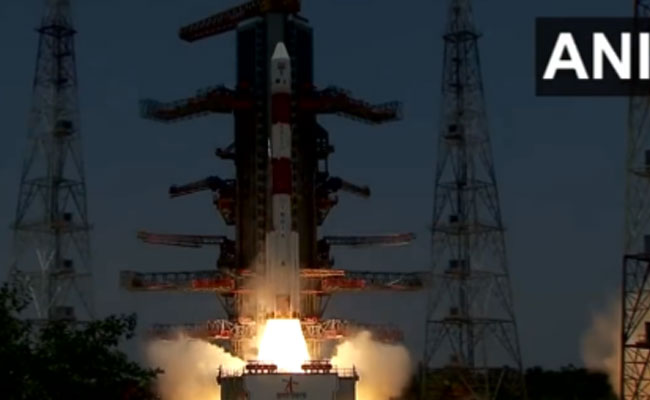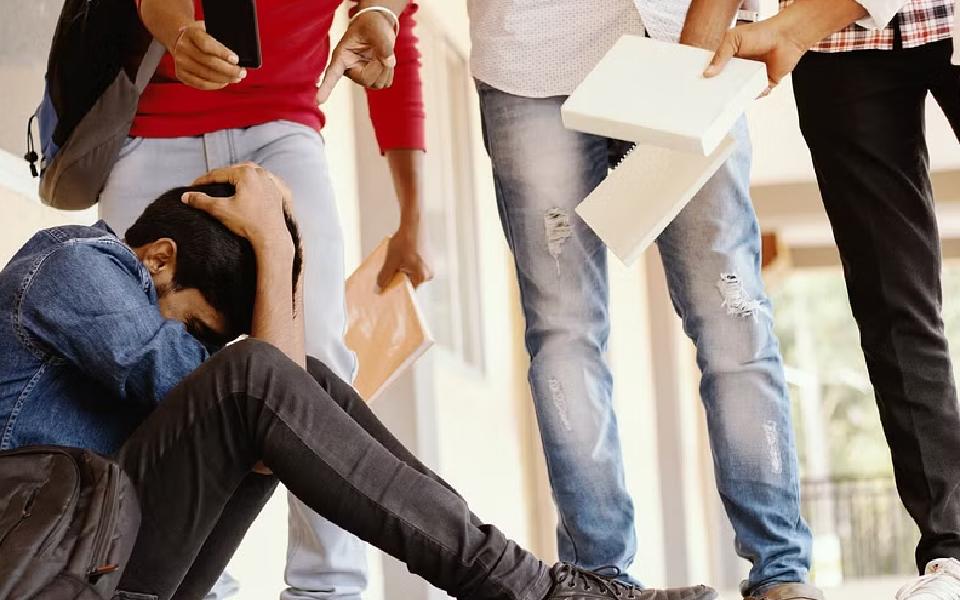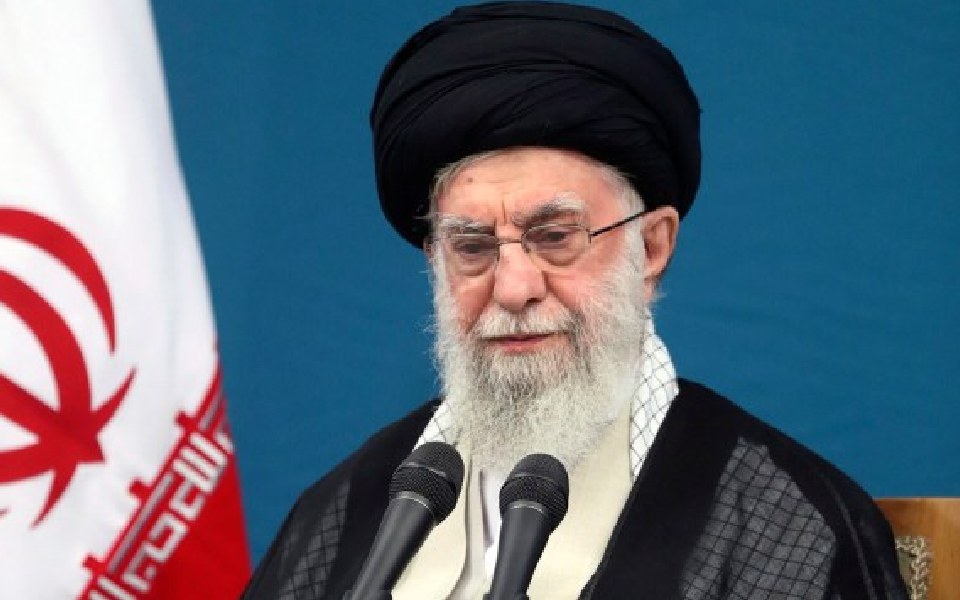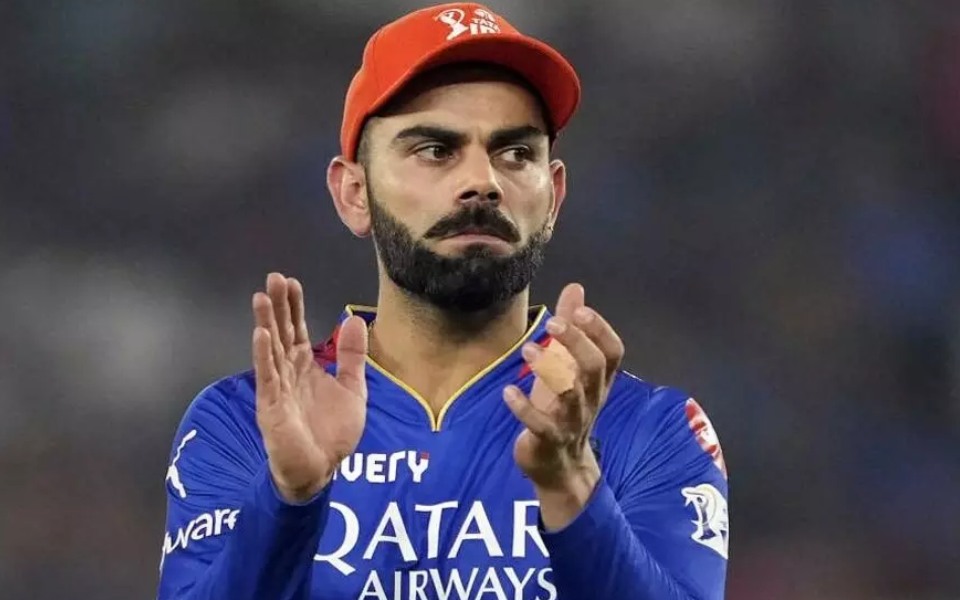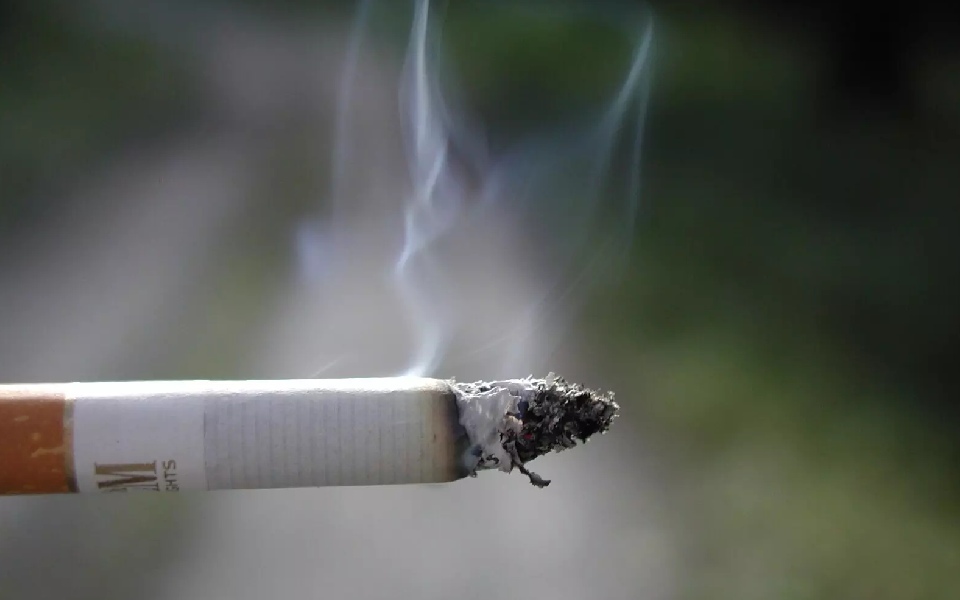Sriharikota (PTI): ISRO on Saturday launched the country's ambitious Solar mission, Aditya L1 eyeing history again after its successful lunar expedition, Chandrayan 3 a few days ago.
As the 23.40-hour countdown concluded, the 44.4 meter tall Polar Satellite Launch Vehicle (PSLV) soared majestically at the prefixed time of 11.50 am from this spaceport, located on the Eastern coast about 135 km from Chennai.
It will be PSLV's "longest flight" for about 63 minutes.
According to ISRO, Aditya-L1 is the first space-based observatory to study the Sun. The spacecraft, after traveling about 1.5 million km from the Earth over 125 days, is expected to be placed in a Halo orbit around the Lagrangian point L1 which is considered closest to the Sun.
Among others, it will send pictures of the sun for scientific experiments.
According to scientists, there are five Lagrangian points (or parking areas) between the Earth and the Sun where a small object tends to stay if put there. The Lagrange Points are named after Italian-French mathematician Joseph-Louis Lagrange for his prize-winning paper -- "Essai sur le Probl me des Trois Corps, 1772."
These points in space can be used by spacecraft to remain there with reduced fuel consumption. At a Lagrange point, the gravitational pull of the two large bodies (the Sun and the Earth) equals the necessary centripetal force required for a small object to move with them.
After the lift-off at the Satish Dhawan Space Centre here, the scientists would be involved in placing the spacecraft at Low Earth Orbit initially, and later it will be more elliptical.
The spacecraft would be launched towards the Lagrange L1 point using on-board propulsion so that it exits the earth's gravitational Sphere of Influence and cruises towards the L1. Later, it would be injected into a large Halo Orbit around L1 point near the Sun.
The total time from launch to reaching the L1 point would be about four months for the Aditya-L1 Mission, ISRO said. Explaining the reasons to study the Sun, ISRO said it emits radiation in nearly all wavelengths along with various energetic particles and magnetic fields.
The atmosphere of the Earth as well as its magnetic field acts as a protective shield and blocks harmful wavelength radiations. In order to detect such radiation, solar studies are carried out from space.
The major objectives of the mission include understanding the Coronal Heating and Solar Wind Acceleration, the initiation of Coronal Mass Ejection (CME), near-earth space weather and the solar wind distribution.
The Aditya-L1 mission carries seven scientific payloads to carry out the study. The Visible Emission Line Coronagraph (VELC) will study the solar corona and dynamics of CME.
VELC, the primary payload will be sending 1,440 images per day to the ground station for analysis on reaching the intended orbit.
It is "the largest and technically most challenging" payload on Aditya-L1.
The Solar Ultraviolet Imaging Telescope would do imaging of the Solar photosphere and Chromosphere in near Ultraviolet and measure the solar irradiance variations. The Aditya Solar Wind Particle Experiment (ASPEX) and Plasma Analyser Package for Aditya (PAPA) payloads will study the solar wind and energetic ions as well as the energy distribution.
The Solar Low Energy X-ray Spectrometer and the High Energy L1 Orbiting X-ray Spectrometer (HEL1OS) will study the X-ray flares from the Sun over a wide X-ray energy range. The Magnetometer payload is capable of measuring interplanetary magnetic fields at the L1 point.
The payloads of Aditya-L1 are indigenously developed with the close collaboration of various centers of ISRO.
Let the Truth be known. If you read VB and like VB, please be a VB Supporter and Help us deliver the Truth to one and all.
Berhampur (Odisha), Nov 2: Five MBBS fourth-year students of government-run MKCG Medical College here were expelled from the hostel for allegedly ragging juniors, an official said on Saturday.
Earlier the five students have been rusticated from the campus for six months. The punishment was imposed as per the decision of the anti-ragging committee meeting held on Wednesday, the official said.
"The anti-ragging committee has taken such a hard decision to arrest further occurrence of ragging incidents in the medical college campus," said SP (Berhampur) Sarvan Vivek M, who is one of the members of the anti-ragging committee of the college.
Suchitra Dash, in-charge Dean of the college, however, declined to comment on the development.
The SP said they were also investigating separately against these students based on the FIR lodged. The statement of the students have been recorded by the police on Friday, he said.
While one second-year MBBS student has given a written complaint to the college authorities alleging ragging by senior students, three other complaints of ragging were lodged by parents of the students with the National Medical Council (NMC).
The NMC had directed the college authorities to inquire into the allegations and take action against the students.
After receiving the complaints from the NMC, the anti-ragging committee of the medical college inquired into the matter.
In February this year, the medical college authorities had suspended two fourth-year MBBS students for two months for ragging a second-year student.

